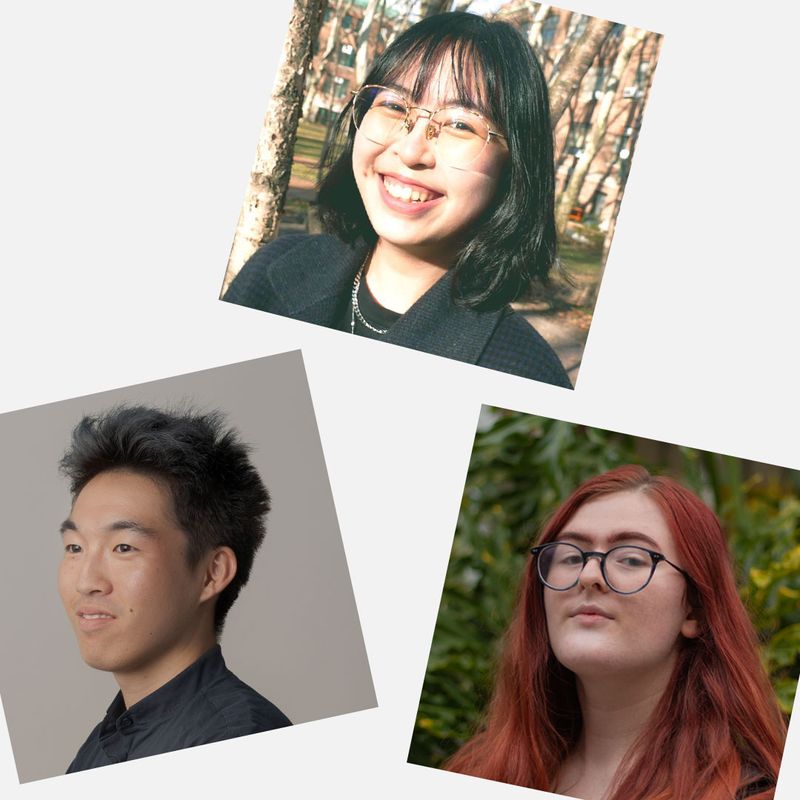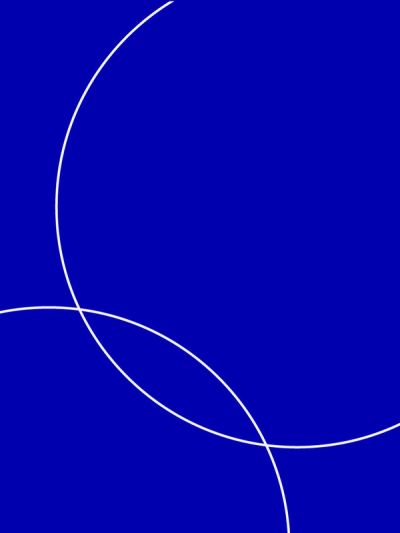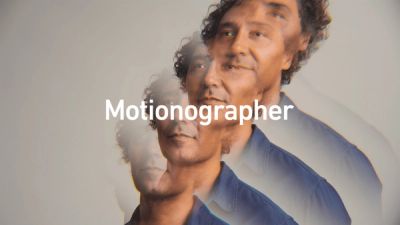
Q&A: Summer Internship Wrap-Up
Our design interns Jo Iijima, Mel Petzoldt and Yunjia Yuan chat studio life, work styles and reflect on their time at Trollbäck.
Please introduce yourselves and what you’re studying/studied in school:
JI: Currently I’m a junior at ArtCenter College of Design. After taking brand identity classes, I became interested in branding.
MP: I am a fresh grad from SCAD with a BFA in motion media and two minors in graphic and packing design. My interest lies at the intersection of these industries.
YY: I graduated from Pratt this May. I was in the BFA Communication Design program and had two minors in gender and sexuality studies and art history. It’s exciting to see how design melds fine art and practicality into one world.
What’s been the biggest adjustment from school to the work environment?
JI: At school, you’re responsible for everything. Here, you learn how to communicate in a larger team of producers and designers.
MP: At SCAD, there were only a few opportunities to see the collaborative and cross-disciplinary process. It was immeasurable to be up close with experienced designers and see first-hand how clients respond. You can improve as a designer and communicator in unexpected ways by working with a variety of people — what I experienced during my time at Trollbäck.
YY: A big thing for me is [getting out] of that systematic way of thinking. In school, projects are short-term. In the real world, a project might take anywhere from six months to a year. It’s really important to think about things from a higher level and know that things can keep evolving.
"I've learned to pay better attention to the outside world and find inspiration everywhere."
—Jo Iijima
What is your current work set up, and what are some ways you’ve adjusted?
MP: I am based in Georgia, so I’m working full time remotely! I got worked up with this idea of how life would be for me after college. After completing two years of school remotely, I was ambitious about moving to New York right after graduating, that there’d be this normalcy post COVID. In the end, I stayed in Georgia after graduating, with hesitancy of what to expect. Any doubts I had were quickly squashed — the majority of the studio is hybrid or entirely remote — everyone was welcoming and friendly. They didn’t waste time in letting [me] jump into large, fast-paced projects. An added bonus was that I was able to have virtual coffee chats with designers and the other design interns.
JI: I do hybrid, it’s a good mix to see people in the studio and also have the flexibility of working from home.
YY: I was looking forward to being fully in person after the pandemic. But I realized that personally I focus a lot better when I’m alone and in my room. That was a weird realization. It’s a judgment call of what works for me, and I like having the flexibility to test out what the optimal situation is for everyone. It does allow me to go in and be around the office, but I don’t feel like I’m constrained to the classic 9 to 5.
Speaking of classic work styles, are there any myths about Gen Z surrounding work you would like to debunk?
YY: There’s this myth that we’re a generation against routine and roles. But I think Gen Z is super hardworking. We know how hard it is to get into the door. Entry level jobs now have insane requirements. We are trying to find a balance that prioritizes mental health, because we’ve seen what other generations have gone through.
MP: I think there tends to be a notion that younger creatives value trends rather than creating bespoke work. If anything, a lot of my peers have realized the importance of making experimental, weird things and not worrying so much about “original ideas” — just create, everyday. On that note, many young designers are also hungry for career mentors and apprenticeships at agencies or studios, but tend to resort to freelance due to the scarcity of post-academic mentorships.
"It’s really important to think about things from a higher level and know that things can keep evolving."
—Yunjia Yuan
What excites you about the design industry? What changes do you hope to see in the future?
JI: Graphic design can be applied in so many places. Graphic design is entering a new realm: VR, AR, fully interactive. Right now, people see graphic design as 2D, but it can develop into a new stage of 3D; beyond the screen. I am excited to see and create design work which is more encompassing and integrated in our lives.
I don't think print is dead, but we definitely see more things on screen. Showing dynamic animation on screen has become much more important. We’re constantly on our phones. In that sense, I think design has become more important. Only true fans will buy a CD or an album now, because you can stream everything. The concept of buying anything is changing. We have digital everything.
MP: There’s a lot more diversity, specifically within animation and branding studios. In a design sense, I’m excited to see interpretations of past trends in new technologies and how sustainable design allows a brand to evolve.
There’s [also] been more inclusion within higher roles and growing motion graphic communities for women and LGBT+. I hope these spaces continue to flourish.
YY: Yeah, it’s not about having one style or look that prevails in the visual world. I think design parallels Gen Z fashion trends — there’s more niche genres and room for experiments. We are a lot more aware of who the audience is, and who the design is for, and there is diversity in everything.
What are your takeaways from your time interning here?
JI: Paying attention to the outside world and finding inspiration everywhere. From working with creative directors, I learned to pull references everywhere — especially outside the screen.
YY: One of my favorite projects was our Pride social post. I think it’s great that we’re addressing the topic. It was a message of respect. I remember looking at the history of the Pride flag and thinking of how to apply our twist on it. It’s a testament to our philosophy of combining logic and beauty: how do we think about design and make impactful work?
MP: It’s nice to learn how more experienced creatives came to work in the industry and what they envision next. It’s validating to know that the people you work with are understanding of what it means to be entry level, eager to learn and perform. My takeaway is that you must never limit your inspirations — but it’s also important to learn the process — from inspo board to cutting room to the pitch deck. Working in a studio is like white water rafting. We work as a team to navigate and use our design muscles to do something challenging but fun.
Check out our interns' portfolios:
MP: https://melpetz.com/ @melpetz
Explore more
New business inquiries.
How can we help?
NYC 09:50
STK 03:50
LA 06:50
Get our newsletter
Sign up for updates,
insights, and inspirations
from our studio.




